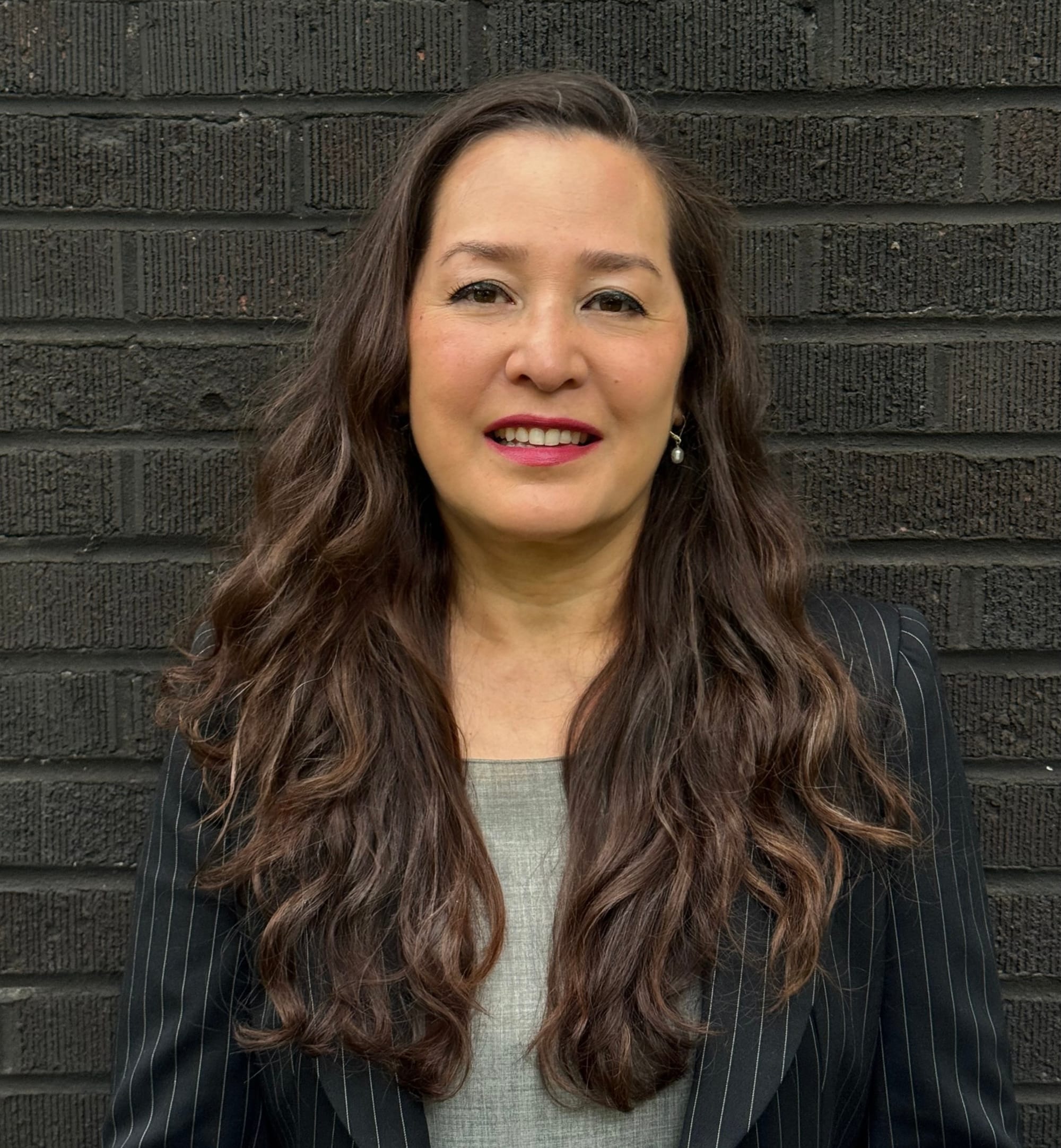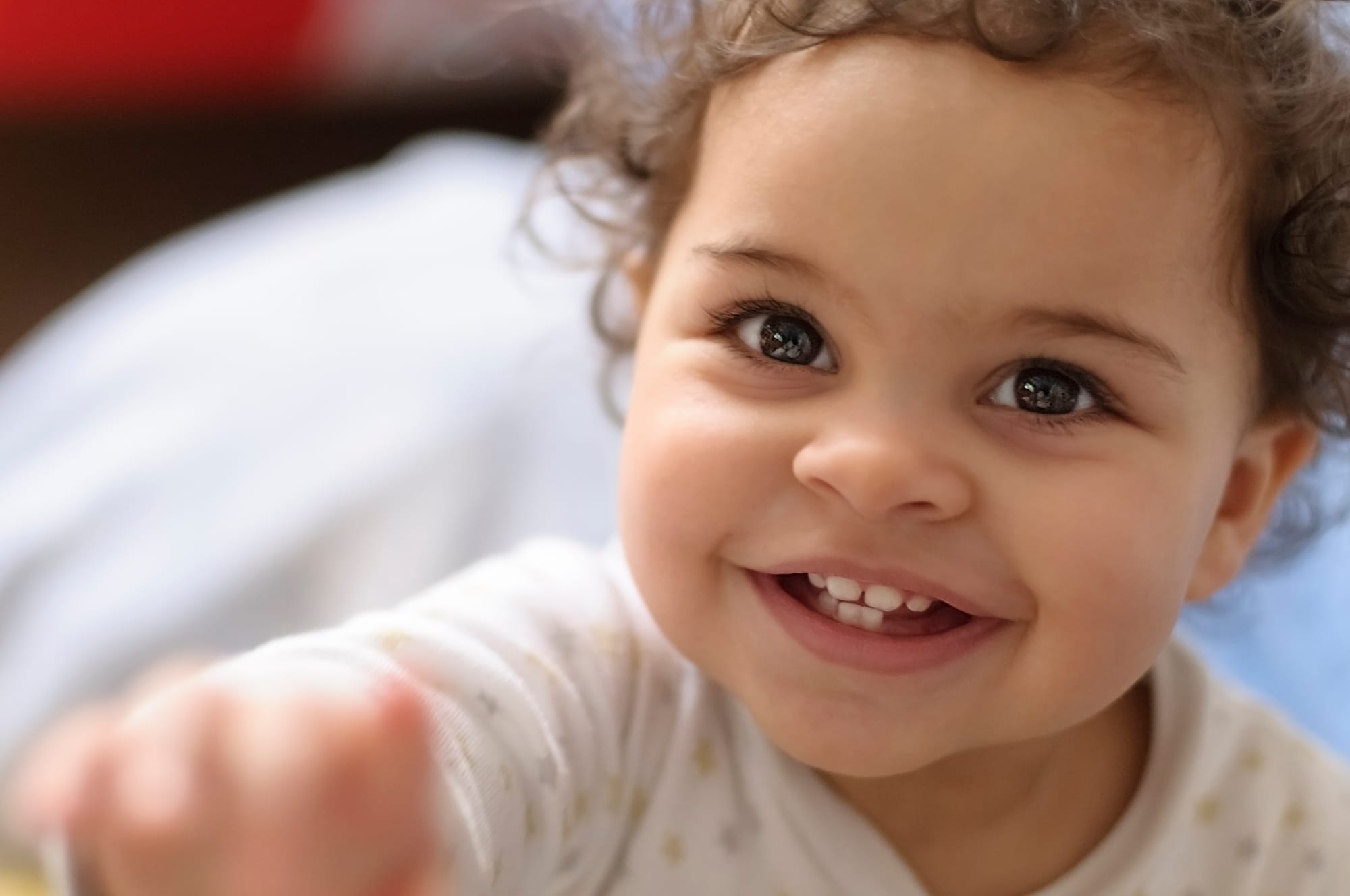Baby Sign Language (BSL) originated in the late 1980s, when researchers began exploring its potential benefits for early childhood development.
The concept of BSL emerged from groundbreaking research conducted by Linda Acredolo and Susan Goodwyn in the late 1980s. These professors found that babies who used BSL actually learned verbal skills faster than those who didn't sign. Their follow-up study at age 8 revealed that children who had used signs as infants scored higher on IQ tests compared to non-signers.
Benefits for Early Childhood Development
As early childhood educators, understanding the benefits of BSL can significantly enhance your teaching strategies and support children's development. Here are some key advantages:
Enhanced Communication
BSL allows infants to express their needs and wants long before they can speak, typically around 8 months of age. This early communication can foster deeper bonds and accelerate the feedback loop.
Accelerated Language Development
Research suggests that using gestures can help babies communicate several months earlier than relying on speech alone. Babies exposed to BSL often develop better language skills and may even start speaking earlier.
Cognitive Benefits
Learning BSL can speed up mental skills development. It engages both sides of the brain, potentially improving problem-solving skills and creative thinking. Some studies have even linked early BSL use to higher IQ scores later in childhood.
Emotional and Social Development
BSL can foster stronger adult-child connections by helping babies understand that communication is a way to meet their needs. This can lead to increased confidence and self-esteem, which are crucial for building relationships with peers and adults.
Reduced Frustration
One primary benefit of BSL is decreased frustration for both children and caregivers. Providing an alternative means of expression can significantly reduce episodes of crying and temper tantrums.
Implementing BSL in Early Childhood Settings
As educators, you can incorporate BSL into your daily routines:
- Start with simple signs about the child's immediate environment and needs.
- Use signs consistently during everyday activities, always pairing them with spoken words.
- Introduce new signs gradually, focusing on those most relevant to the children's daily experiences.
- Keep it fun and engaging, using songs, games, and stories to reinforce sign language learning.
By integrating BSL into your early childhood curriculum, you can provide children with a valuable tool for communication and cognitive development. This approach supports language acquisition and promotes emotional well-being and social skills, setting a strong foundation for future learning and growth.
With the Pancha Method, we view BSL as a bridge to other languages. In a multilingual environment, the child can progress even further with compounding benefits and additional skills. We will blog about this in a later post.
Try out our BSL app, which has a folder for the First 20 Signs you can start with.

